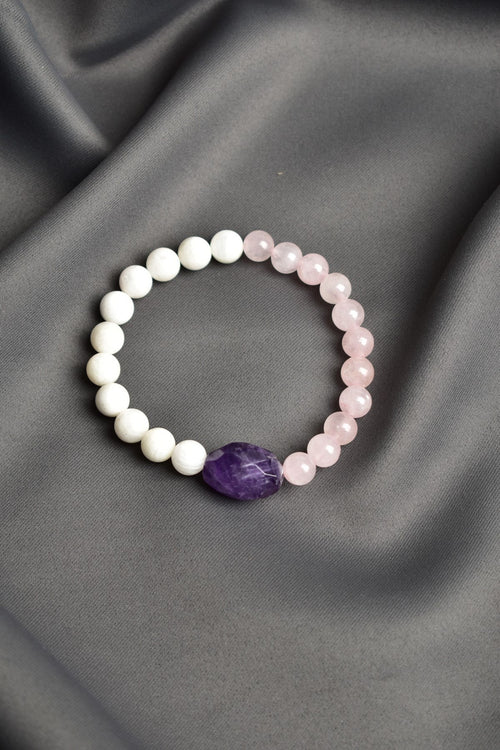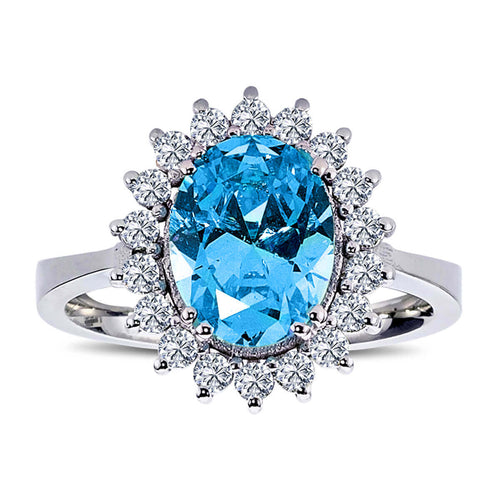ALL PRODUCTS IGSL INTERNATIONAL CERTIFIED
Natural stones have carried different meanings and symbolic values in many cultures throughout history. These stones have held an important place in both daily life and ritual and ceremonial practices. Here are the various cultural meanings of some natural stones:
Amethyst
- Ancient Greece: Amethyst was considered a stone of protection against drunkenness. In mythology, it is believed that the god Dionysus blessed the amethyst stone, and the name of the stone is derived from the Greek word "amethystos", meaning "not intoxicated".
- Christianity: During the Middle Ages, amethyst was used by church officials to represent spiritual clarity and humility.
Quartz
- Ancient Rome: Quartz crystals were considered the frozen water of the gods. Romans used quartz crystals to cool themselves.
- Japanese Culture: Quartz symbolizes purity and patience. According to Japanese legends, quartz was created from the breath of dragon gods.
Turquoise
- Native American Culture: Turquoise has been considered a stone of protection and healing. The Navajo and Apache people used this stone as a protection against evil and also considered it a stone of victory for warriors.
- Ancient Egypt: Turquoise was used by Egyptian royalty as a symbol of love, loyalty and protection. Ornaments made of turquoise have been found in the tombs of the pharaohs.
Lapis Lazuli
- Ancient Egypt: Lapis lazuli was used by the pharaohs as a symbol of protection and power. It is particularly common in the tomb mask of Tutankhamun.
- Mesopotamia: Sumerians accepted lapis lazuli as the stone of the gods and used this stone in religious rituals.
Rose Quartz
- Greek Mythology: Rose quartz is associated with Aphrodite, the goddess of love. In mythology, it is believed that the blood of Aphrodite's lover Adonis gave this stone its pink color.
- Roman Empire: The Romans associated rose quartz with Venus, the goddess of love and beauty, and used the stone as a love talisman.
Obsidian
- Mexico and Central America: Obsidian was used by the Aztecs and Mayans to make weapons and tools. It was also used for spiritual purification and divination.
- Norse Mythology: Obsidian was considered a stone of protection and prophecy. Vikings used obsidian mirrors for divination.
Jade Stone
- Chinese Culture: Jade is considered a symbol of wisdom, mercy and justice in China. Confucius described jade as the embodiment of human virtues.
- Mayan and Aztec Culture: Jade is a sacred stone believed to provide protection and strength in the afterlife. It was frequently used by royal families in ornaments and ritual objects.
Tiger Eye
- India: Tiger's eye is considered a protective stone. It is believed to ward off bad energies and give courage.
- Ancient Rome: Roman soldiers carried tiger eye stones, believing that they would provide courage and protection in battle.
Resources and More Information
You can review the resources above to learn more about how these stones have been used throughout history and what cultural meanings they have. Natural stones have found different meanings and uses in different cultures, and are still preferred by many people today for their aesthetic and symbolic values.



























